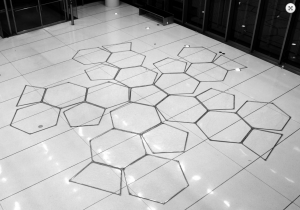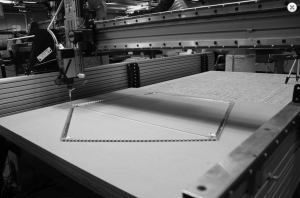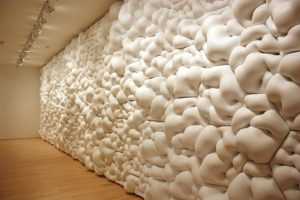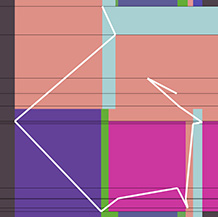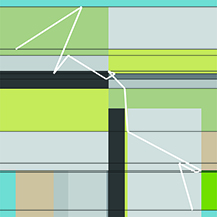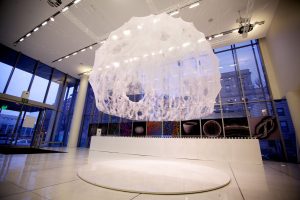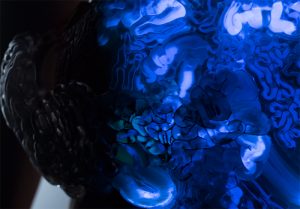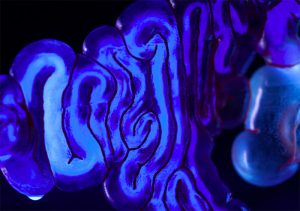For this post, I have chosen to discuss a project known as “Digital Grotesque”, specifically Grotto II, which is the second and (in my opinion) more impressive creation. The architects behind this project are Michael Hansmeyer and Benjamin Dillenburger, who worked with a fabrication team of 6 people. Their website can be found at https://digital-grotesque.com/.
Grotto II premiered in March 2017. It is 3.45 meters high, is made out of 7 tons of printed sandstone, and contains a space where people can enter and marvel at the 1.35 billion surfaces. What I most admire about this project is the sheer scale. While I’ve become somewhat accustomed to small 3D printed trinkets, the idea of a complexly decorated room created through 3D printing is still novel to me. It’s also exciting to know that people are willing to devote years of their lives to in order to fully explore the field of 3D printing.

Above: Inside the Digital Grotesque grotto. Link: https://digital-grotesque.com/architecture/
Grotto II was designed entirely by algorithms. According to the website, “a subdivision algorithm exploits the 3D printer’s full potential by creating porous, multi-layered structures with spatial depth. A single volume spawns millions of branches, growing and folding into a complex topological structure.” The algorithms do not incorporate randomness, but the creators say that the results were not necessarily foreseeable. Although the artists say that they tried to avoid referencing any existing architectural styles, their interest in architecture as a whole is clearly evident in the work.

![[OLD FALL 2017] 15-104 • Introduction to Computing for Creative Practice](https://courses.ideate.cmu.edu/15-104/f2017/wp-content/uploads/2020/08/stop-banner.png)
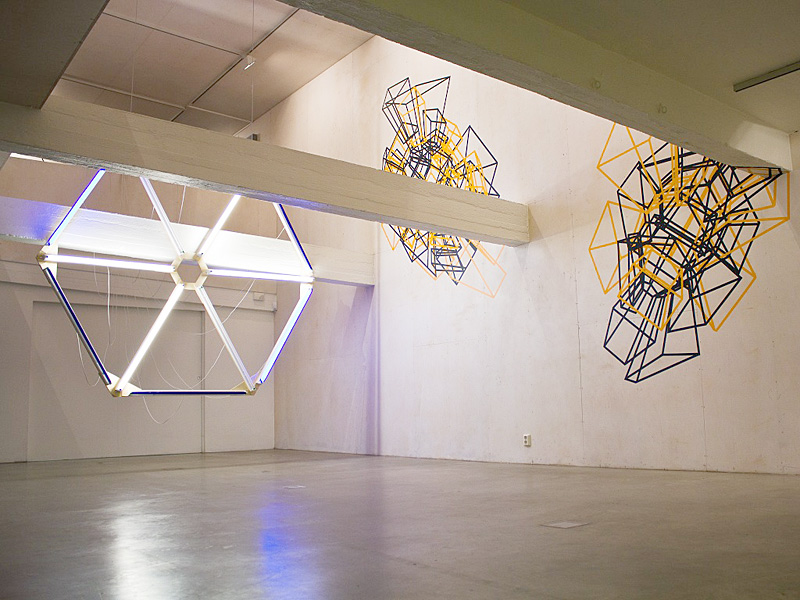
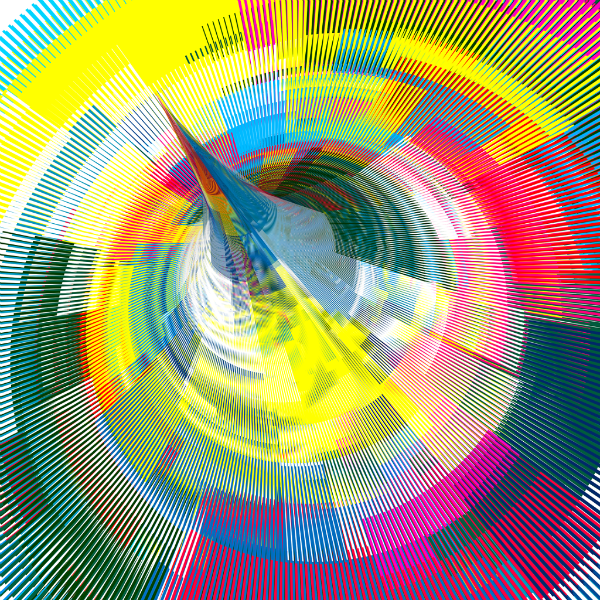
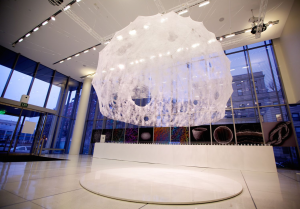
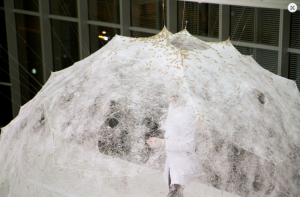
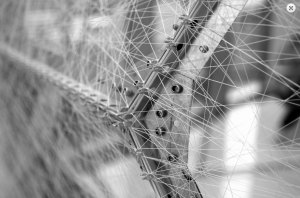 line of thread, an algorithm was created to mimic the single continuous style of the natural silkworm pattern and the variation of density of the fabricated threads. 26 panels of this silk scaffold was made and put together to make a dome. Then, silkworms were put into the dome structure to fill in the gaps with their own biological silk structures.
line of thread, an algorithm was created to mimic the single continuous style of the natural silkworm pattern and the variation of density of the fabricated threads. 26 panels of this silk scaffold was made and put together to make a dome. Then, silkworms were put into the dome structure to fill in the gaps with their own biological silk structures.